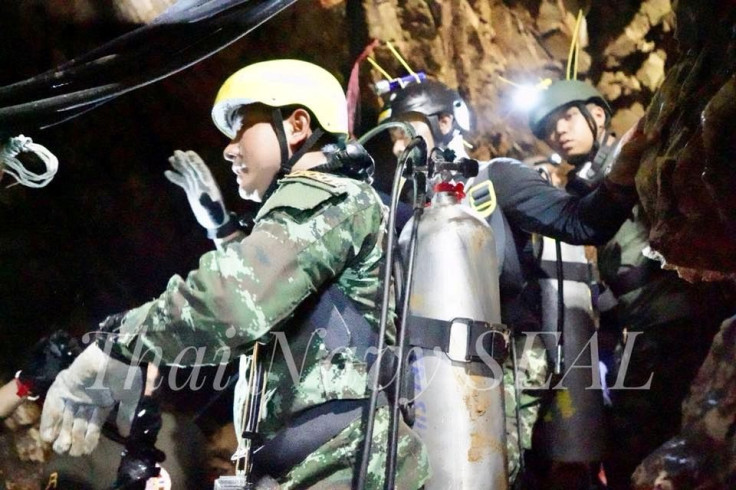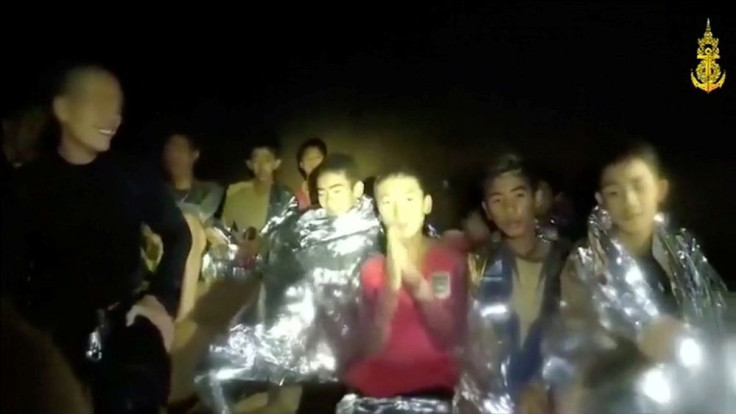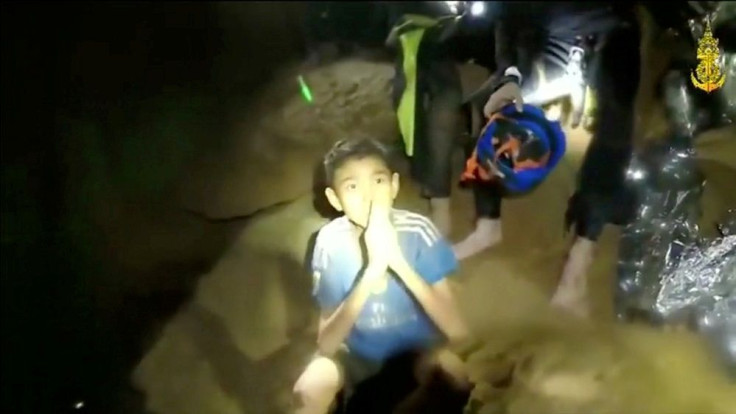Thailand cave rescue: Former Thai Navy SEAL dies during operation

A former Thai Navy SEAL has died trying to rescue the 12 boys and their soccer coach trapped inside an underground cave. The diver’s death has put emphasis on the perilous situation the boys are in.
The man was identified as retired Navy Petty Officer 1st Class Saman Kunan, who volunteered as part of the rescue team in Chiang Rai province in Thailand. On Friday, he set out around 1 a.m. local time to deliver three oxygen tanks to where the boys and their coach are trapped. Although he was able to deliver the supplies to the boys, he lost consciousness on the way back.

His diving partner tried performing CPR on him but was unable to revive him. Authorities later confirmed that Kunan died after running out of oxygen.
“It was sad news. A former SEAL who volunteered to help died last night about 2 a.m.,” Chiang Rai deputy governor Passakorn Boonyaluck told reporters. “His job was to deliver oxygen. He did not have enough on his way back.”
Kunan was one of about 80 Thai Navy SEALs who volunteered for the rescue mission. His body was sent to Bangkok, where he would receive a royal-sponsored funeral. There are dozens more rescue volunteers from around the world, including Australia.

SEAL commander Arpakorn Yookongkaew said the rescuers would continue their mission despite the tragedy. “This is what we train for, this is what we have to face, an incident like this can always happen but we’re not losing our motivation,” he told reporters (via the ABC). “We won’t let the life lost be wasted.”
Kunan’s death underlines the danger the boys, aged 11 to 16, and their 25-year-old coach are in. If an expert diver couldn’t make it, it would be much more hazardous for minor boys who can’t swim to attempt to get out of the underground cave network themselves. The boys are said to be too weak from malnutrition to even make the trek.
The boys and the coach are stranded in Tham Luang Nang Non cave network since June 23. They were found on July 2, but because of the difficulty of their position in the cave, they can’t be rescued yet. There were plans of teaching the group how to scuba dive so they could be taken out of the underground cave as soon as possible. However, it was said that it was possible they would have to wait for at least four months until the monsoon season ends before they are rescued.


A navy source who spoke to the ABC on the condition of anonymity said that there are three factors driving the urgency of the rescue. These are the water level inside the cave, the amount of oxygen available, and the health of the group.
“The pressure we are experiencing comes from working against the weather, as the forecasts tell us there will be heavy rain in this area within 48 hours,” he said.


The area where the team is stranded is about 1.7 kilometres from “chamber three,” or the rescue base, of the cave complex. According to reports, it takes experienced divers about seven hours to complete a round trip from the rescue base to the boys. They would have to carry at least three oxygen tanks to reach them before replacing the tanks again as they leave.
Infographics on today’s front pages of The Nation and the Bangkok Post about the ongoing rescue operation in #ThamLuang cave in Northern #Thailand pic.twitter.com/gSFvhoVblj
— Richard Barrow in Thailand (@RichardBarrow) July 6, 2018





















